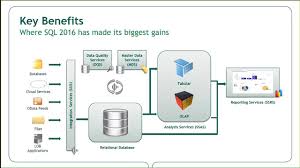In this article, I am going to discuss Constraints in SQL Server with examples. Please read our previous article where we discussed SQL Server Data Types in detail. As part of this article. we are going to discuss the following things in detail.


In this article, I am going to discuss Constraints in SQL Server with examples. Please read our previous article where we discussed SQL Server Data Types in detail. As part of this article. we are going to discuss the following things in detail.



 Best resource for Online free Education
Best resource for Online free Education